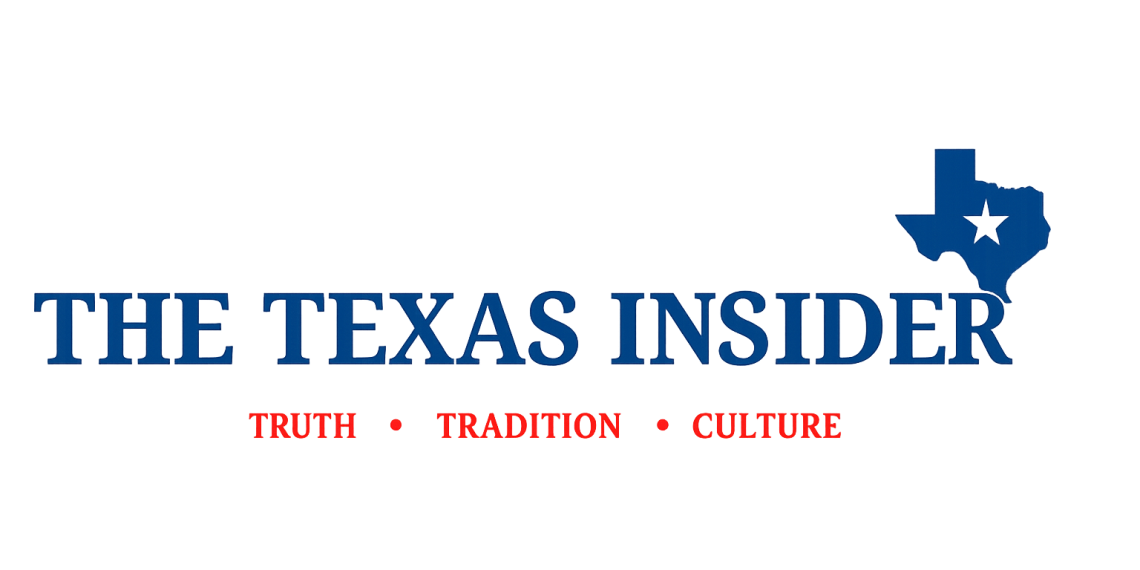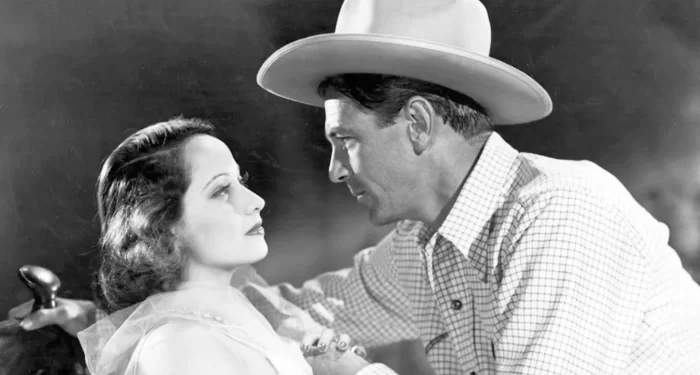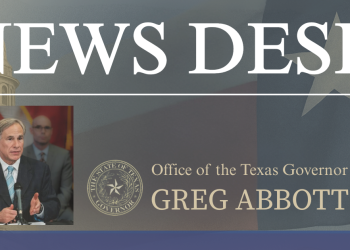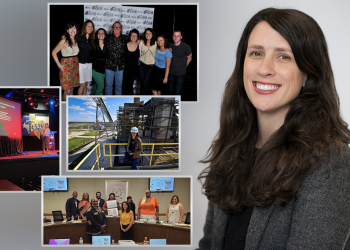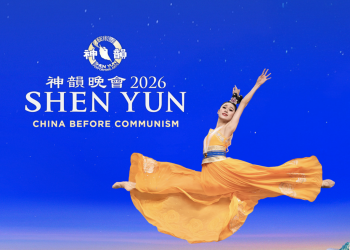These days, movies typically equate romance with illicit amorous behavior. If a couple is dating steadily, falling in love, or even just going on a first date, it seems like they inevitably end up in the bridal chamber after skipping one very important stop: the altar. Although this reflects today’s romantic trends, it also sets a very bad example by making such behavior seem not only normal but like the accepted way to behave. Throughout the history of the film industry, movies have always had the power of not only reflecting social trends but influencing them.
Today’s moment of movie wisdom is from “The Cowboy and the Lady” (1938). This scene takes place 47 minutes into the 91-minute film. Rodeo cowboy Stretch Willoughby (Gary Cooper) is very enamored with Mary Smith (Merle Oberon), a girl he met on a blind date a few days earlier. As they spend a few days together on a boat from Florida to Texas, they realize they have fallen in love with each other. Stretch then announces that they are going to ask the ship’s captain to marry them, because that’s the only course of action to take when someone feels that strongly.
Mary is the sheltered daughter of Horace Smith (Henry Kolker), a politician who is campaigning to become the next president. Avoiding any publicity which might damage her father’s career has been her main goal, but as a result she has lived a very sheltered, boring life. She finally has a little fun when her playful uncle, Hannibal (Harry Davenport), takes her to a nightclub. However, after the club gets raided and Mary’s name hits the headlines, her father sends her to their Florida mansion. There, she only has the company of two housemaids, Katie (Patsy Kelly) and Elly (Mabel Todd).
Katie and Elly feel bad that Mary’s life is so dull, so they invite her to join them on a triple blind date with some rodeo performers. Mary is drawn to a tall, quiet cowboy named Stretch. Desperate to hit it off with the down-to-earth rancher, Mary follows her friends’ advice of telling her prospective beau a hard luck story. Thinking that Mary is the daughter of a drunkard who works as a maid for a wealthy socialite, Stretch impulsively marries her. Although Mary loves her new husband and wants very badly to make a home with him, she is afraid of how he’ll react when he finds out that she’s a pampered “show horse,” not a common “work horse.”
The Scene
The day after Stretch meets Mary, he proposes to her. She doesn’t take his proposal seriously, so he tosses her in a swimming pool! (I know this sounds crazy, but it makes sense in the movie.) This only makes her more interested in him, since his straightforward manliness is unlike anything she’s ever encountered before. Since the rodeo with which he performs is leaving for Galveston, Texas, she boards the ship to follow him.
They end up making up, and by the final night onboard the ship, they have grown very serious about each other. Mary sincerely admits that she loves Stretch, and they kiss passionately. As they are kissing, he turns the lights off. She turns them back on and pulls away from him. He opens the cabin door to get a little cool air, and Mary then turns the lights off again and walks over to him to kiss in the doorway. In a film from a less wholesome era, the scene would end there, with immoral implications. However, that wasn’t the case in 1938.
Its Significance
As Mary is kissing Stretch in the dark, he suddenly pulls away from her and says, “We’re gonna find the captain.” “What for?” she asks. “Because where I come from, when a man feels about a girl the way I feel about you, they get married,” he explains, leading her along to do just that. That very night, they get married by the ship’s captain, giving the film what seems like an early conclusion. However, not every story ends when the lead couple ties the knot. The second half of this film shows how the two comparative strangers adapt to married life, especially because the bridegroom still has no idea about the true identity and background of his bride.
It’s no accident that this love scene ends in nuptials instead of a night of unwed passion, either blatant or implied. When this film was made, no movie could be released in the United States without a Production Code Administration (PCA) Seal of Approval. Only films which followed the guidelines of the Motion Picture Production Code would be approved by the PCA. This Code is a rather obscure chapter in American history, considering the important role it played in shaping American culture during the mid-20th century. The Code was a simple but brilliant document which outlined what was acceptable and what was forbidden for film content, covering topics like violence, religious depiction, profanity, and romantic scenes. One of the most important principles about that last topic was the rule that the state of marriage must be respected and upheld.
A Refreshing Example
This scene from “The Cowboy and the Lady” is a refreshing example of proper behavior between a man and a woman. They fall in love, as is only natural, and they have strong feelings of attraction for each other. However, Stretch is a gentleman and a man of strong moral character, so he knows that there is only one acceptable course of action. Rather than fall prey to the temptations of lust, they must get married. I’ll admit that marriage after only a few days of acquaintanceship is a rather extreme situation, but the vows aren’t taken lightly. Stretch is deeply committed to taking Mary as his wife, and she wants nothing more than to have a traditional life with this fine man.
During the 20 years when the PCA strongly enforced the Code’s rules, from 1934 to 1954, scenes like this were not the exception; they were the rule. We are very fortunate to be able to enjoy movies like this today as a reminder of a time when upright standards of living were the only ones Hollywood would glorify.
